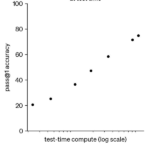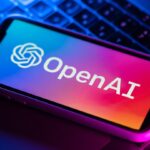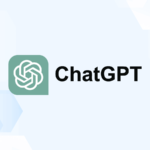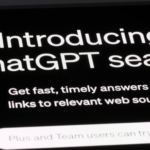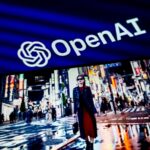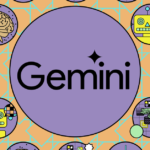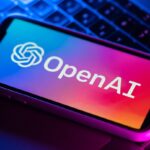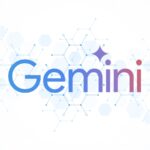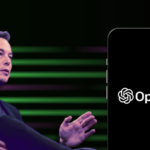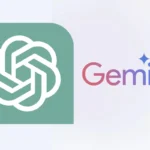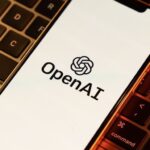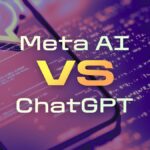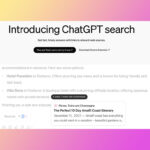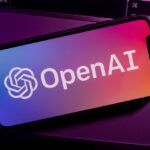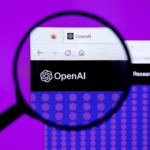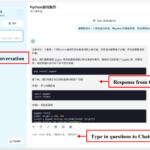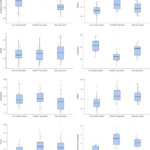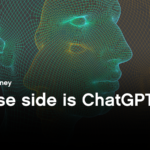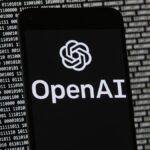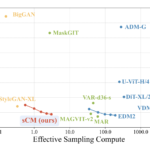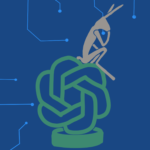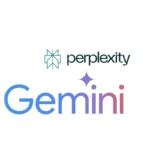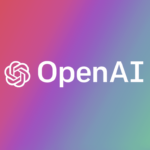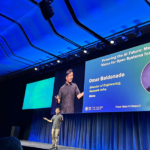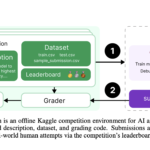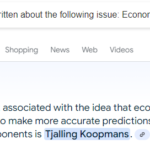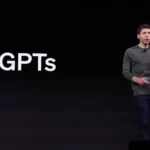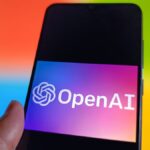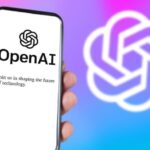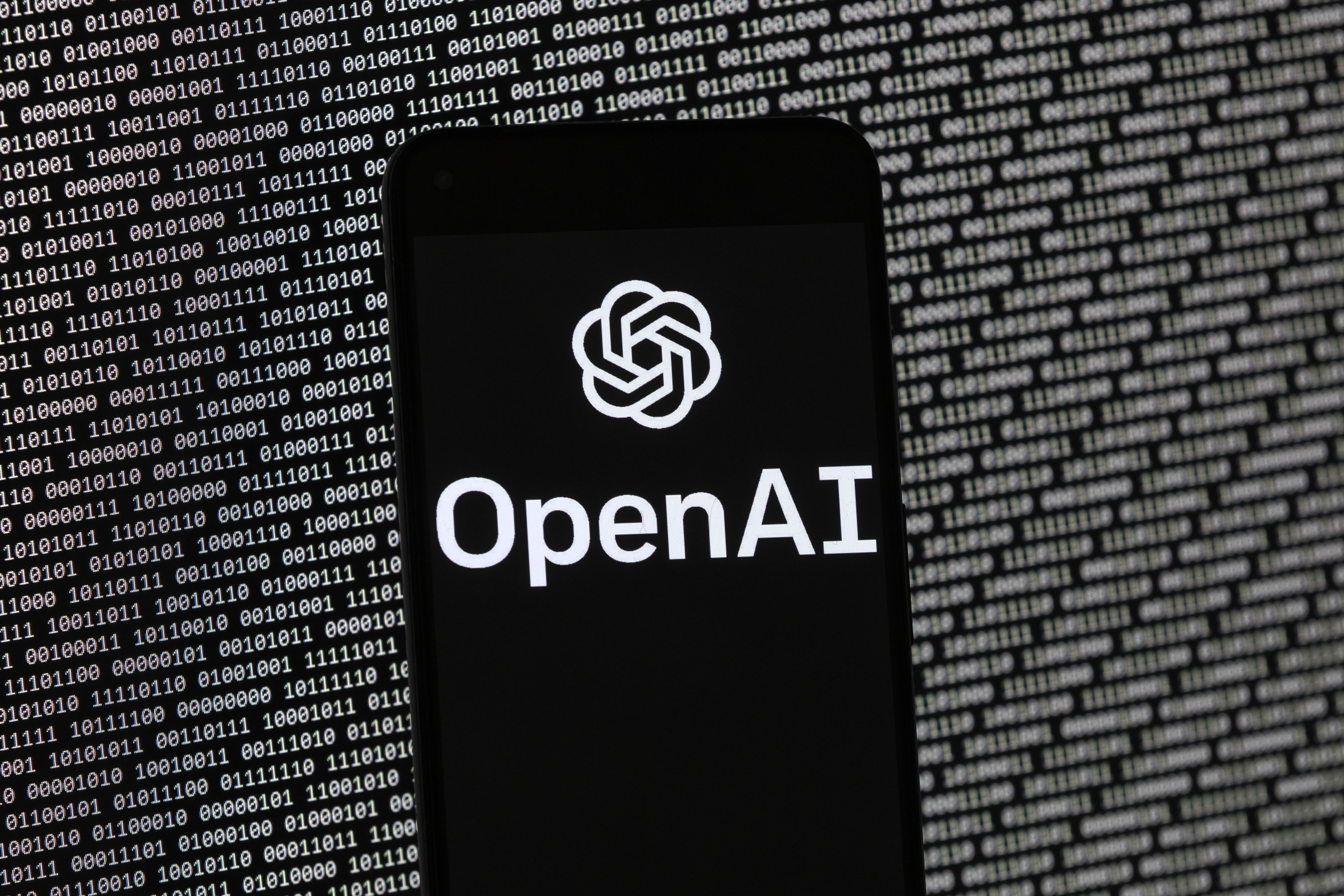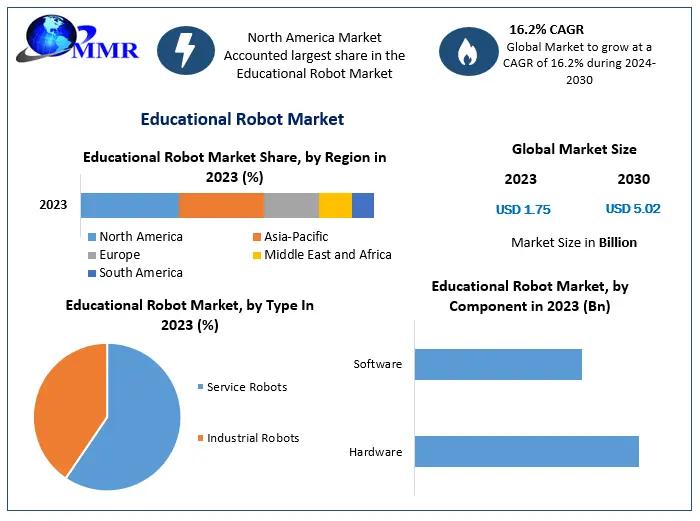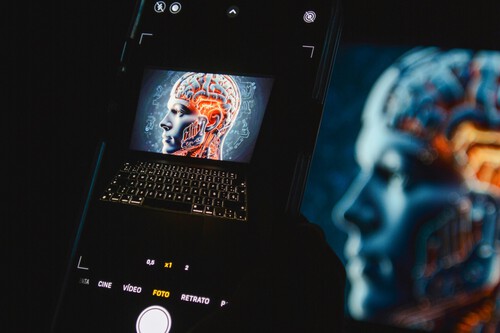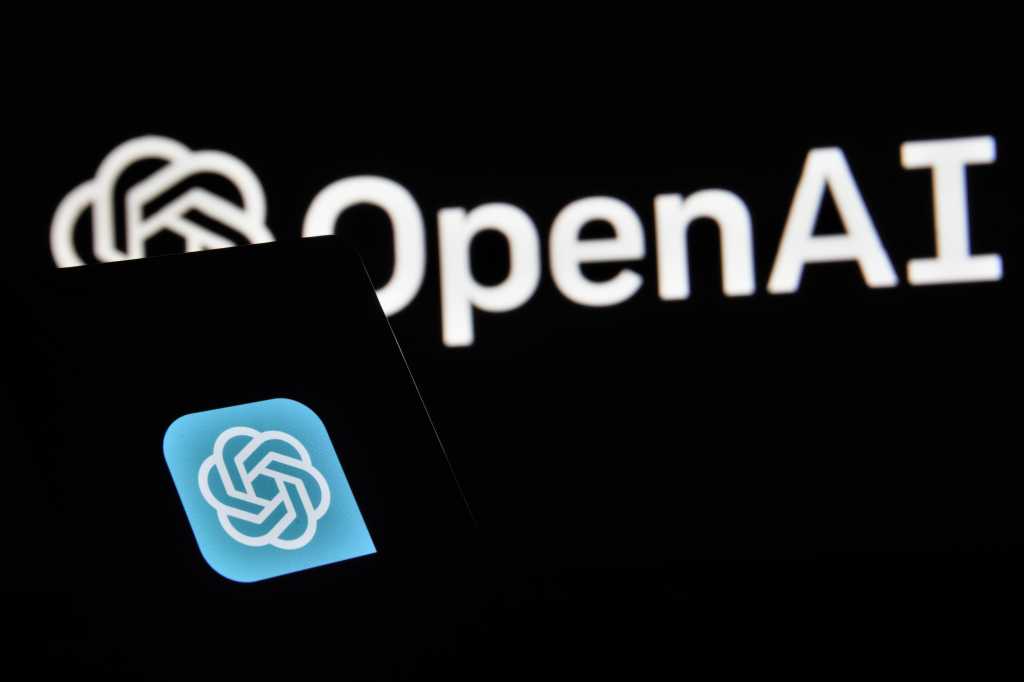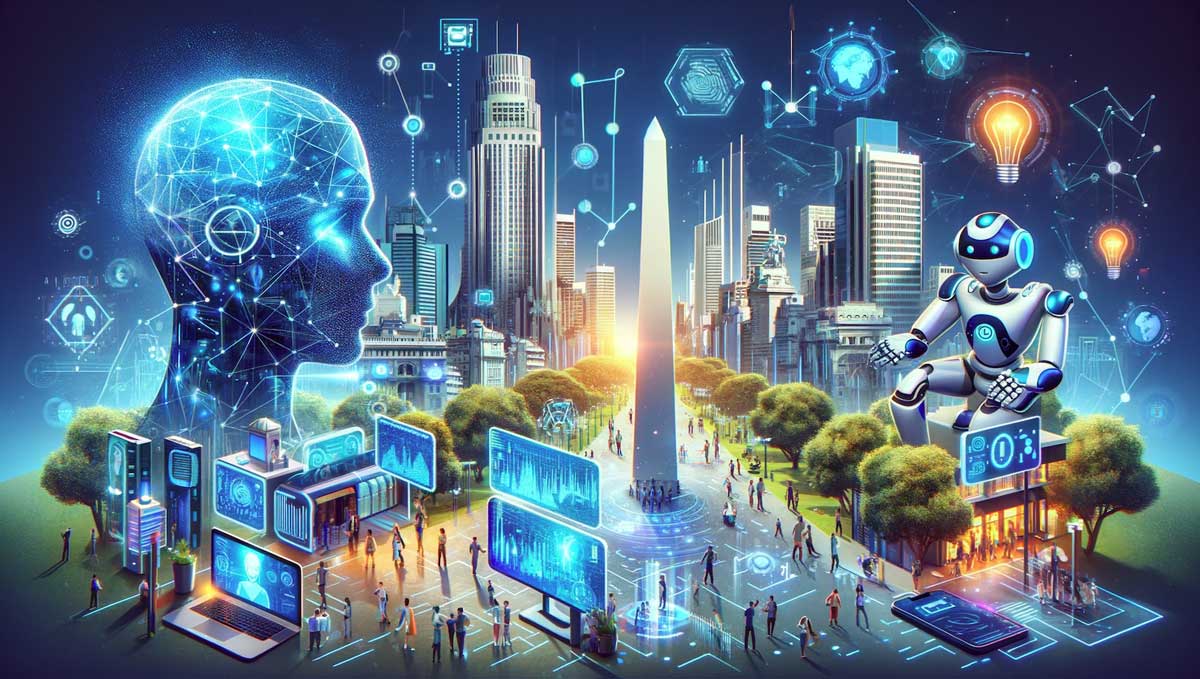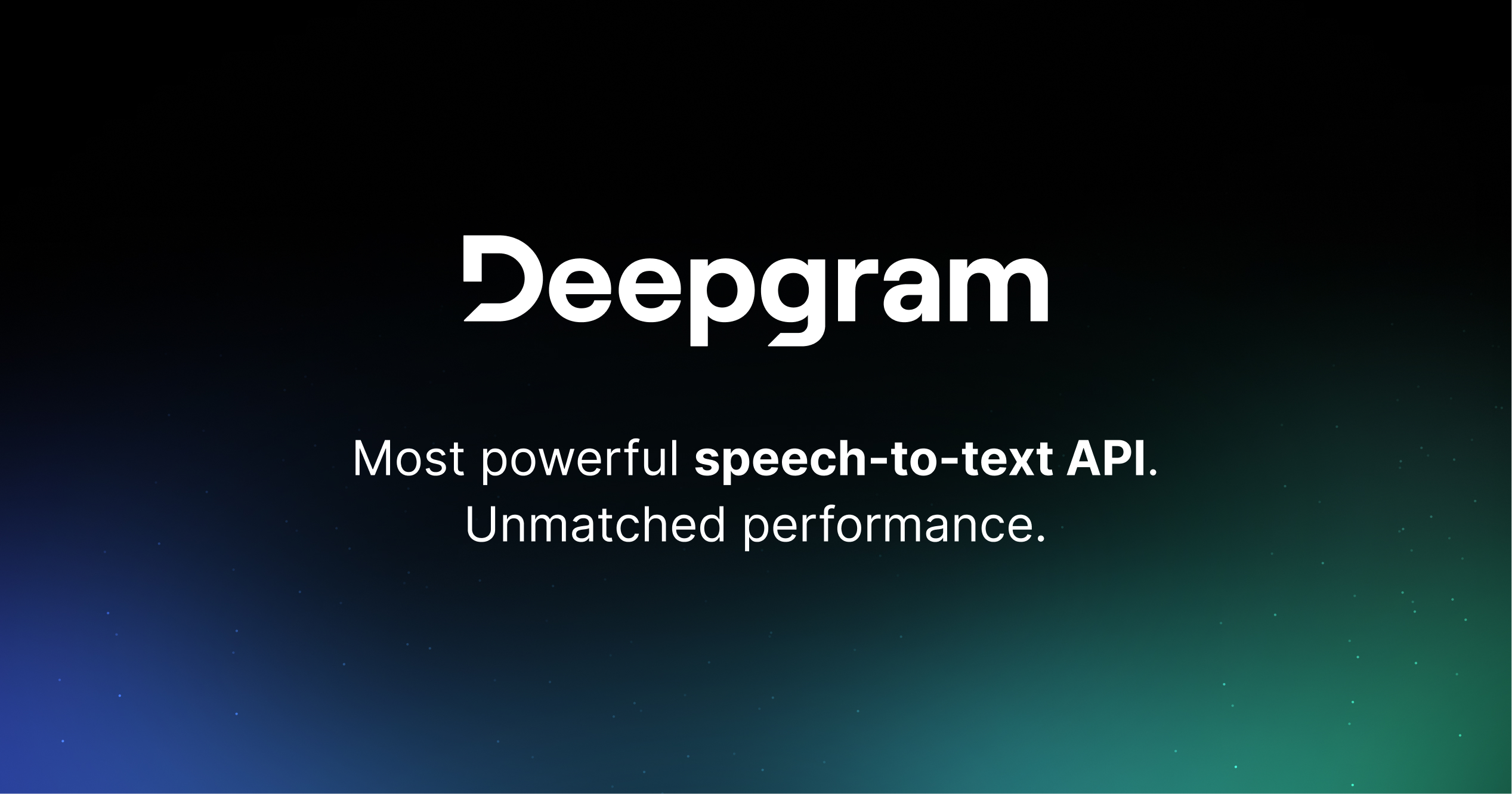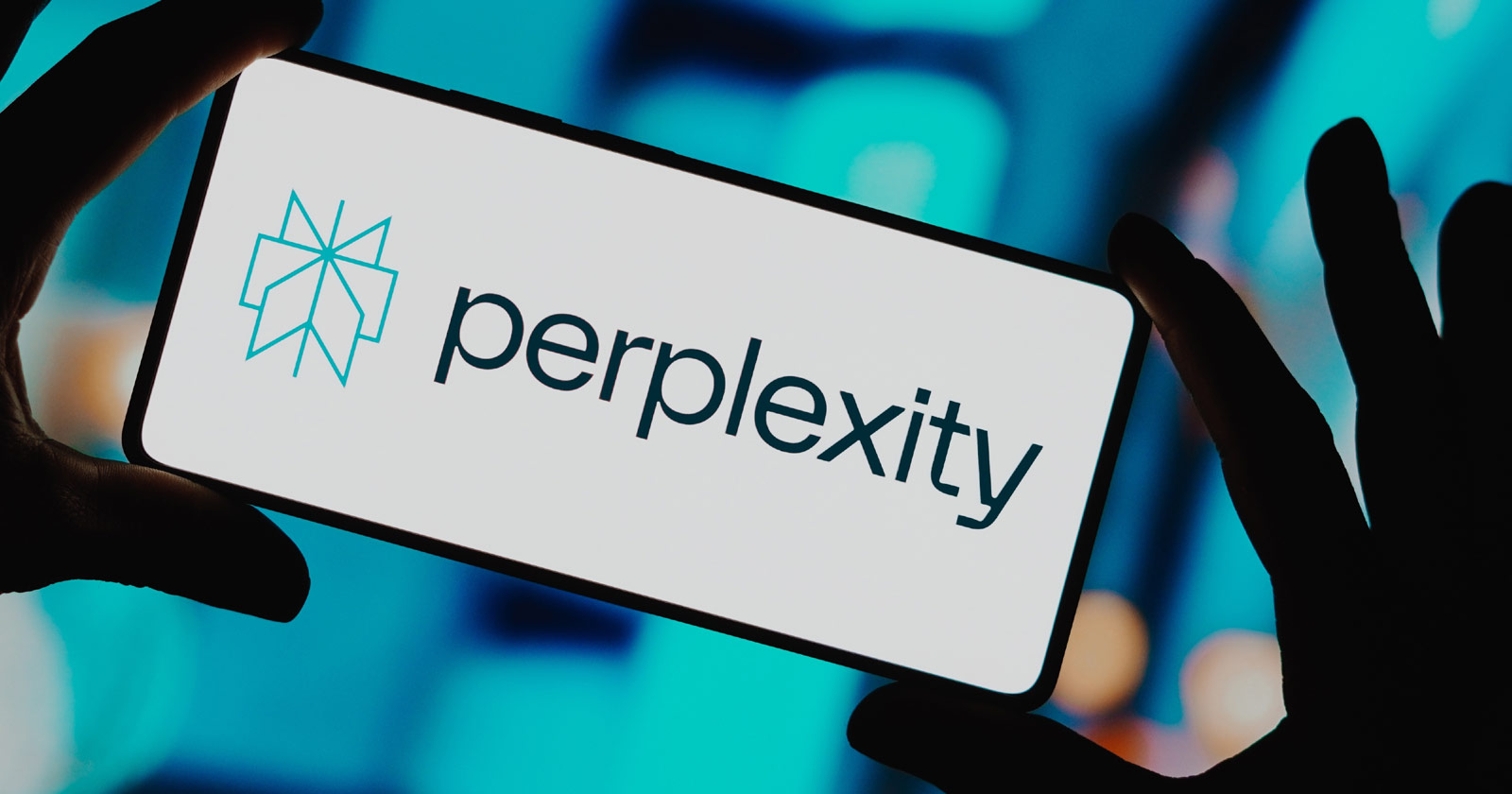In 2025, companies such as OpenAI, Google, Anthropic, and emerging challengers like DeepSeek have pushed the boundaries of what large language models (LLMs) can do. Moreover, corporate solutions from Microsoft and Meta are making AI tools more accessible to enterprises and developers alike. This article explores the latest AI models available to the public, their advantages and drawbacks, and how they compare in the competitive AI landscape.
The Power and Performance of AI Models
AI models rely on extensive computational resources, particularly large language models (LLMs) that require vast datasets and processing power. The leading AI models undergo complex training procedures that involve billions of parameters, consuming significant energy and infrastructure.
Key AI players invest in cutting-edge hardware and optimization strategies to improve efficiency while maintaining high performance. The balance between computational power, speed, and affordability is a significant factor in differentiating these AI models.
The Competitive Landscape: Top AI Models
OpenAI’s ChatGPT
ChatGPT, developed by OpenAI, is one of the most recognizable and widely used AI models in the world. Built with a dialogue-driven format, ChatGPT is designed to answer follow-up questions, challenge incorrect premises, admit mistakes, and reject inappropriate requests. Its versatility has made it a leading AI tool for both casual and professional use, spanning industries such as customer service, content creation, programming, and research.
ChatGPT is ideal for a wide range of users, including writers, business professionals, educators, developers, and researchers. Its free-tier accessibility makes it an excellent starting point for casual users, while businesses, content creators, and developers can leverage its advanced models for enhanced productivity and automation.
It is also among the most user-friendly AI models available, featuring a clean interface, intuitive responses, and seamless interaction across devices. However, organizations that require custom AI models or stricter data privacy controls may find its closed-source nature restrictive, particularly compared to open-source alternatives like Meta’s LLaMA.
The latest version, GPT-4o, is available for free-tier users and offers a strong balance of speed, reasoning, and text generation capabilities. For users seeking enhanced performance, ChatGPT Plus provides priority access and faster response times at a monthly subscription cost.
For professionals and businesses requiring more robust capabilities, ChatGPT Pro unlocks advanced reasoning features through the o1 pro mode, which includes enhanced voice functionality and improved performance on complex queries.
Developers looking to integrate ChatGPT into applications can access its API, a type of software interface. Pricing starts at approximately $0.15 per million input tokens and $0.60 per million output tokens for GPT-4o mini, while the more powerful o1 models come at a higher cost. A token is defined as a fundamental unit of data, like a word or subword, that an AI model processes to understand and generate text.
One of ChatGPT’s greatest strengths is its versatility and conversational memory. It can handle a broad range of tasks, from casual conversation and creative writing to technical problem-solving, coding assistance, and business automation. When memory is enabled, ChatGPT can retain context across interactions, allowing for a more personalized user experience.
Another key advantage is its proven user base—with hundreds of millions of users worldwide, ChatGPT has undergone continuous refinement based on real-world feedback, improving its accuracy and usability. Additionally, GPT-4o’s multimodal capabilities allow it to process text, images, audio, and video, making it a comprehensive AI tool for content creation, analysis, and customer engagement.
While a free version exists, the most powerful features require paid subscriptions, which may limit accessibility for smaller businesses, independent developers, and startups. Another drawback is an occasional lag in real-time updates; even though ChatGPT has web-browsing capabilities, it may struggle with the most recent or fast-changing information. Lastly, its proprietary model means users have limited control over modifications or customization, as they must adhere to OpenAI’s data policies and content restrictions.
Google’s Gemini
Google’s Gemini series is renowned for its multimodal capabilities and its ability to handle extensive context, making it a versatile tool for both personal and enterprise-level applications.
General consumers and productivity users benefit from Gemini’s deep integration with Google Search, Gmail, Docs, and Assistant, making it an excellent tool for research, email drafting, and task automation. Business and enterprise users find value in Gemini’s integration with Google Workspace, enhancing collaboration across Drive, Sheets, and Meet. Developers and AI researchers can leverage its capabilities through Google Cloud and Vertex AI, making it a strong choice for building AI applications and custom models. Creative professionals can take advantage of its multimodal abilities, working with text, images, and video. Meanwhile, students and educators benefit from Gemini’s ability to summarize, explain concepts, and assist with research, making it a powerful academic tool.
Google Gemini is highly accessible, especially for those already familiar with Google services. Its seamless integration across Google’s ecosystem allows for effortless adoption in both personal and business applications. Casual users will find it intuitive, with real-time search enhancements and natural interactions that require little to no learning curve. Developers and AI researchers can unlock advanced customization through API access and cloud-based features, though utilizing these tools effectively may require technical expertise.
The current versions, Gemini 1.5 Flash and Pro, cater to different needs, with Flash offering a cost-efficient, distilled option and Pro providing higher performance. Meanwhile, the Gemini 2.0 series, designed primarily for enterprise use, includes experimental models like Gemini 2.0 Flash with enhanced speed and multimodal live APIs, as well as the more powerful Gemini 2.0 Pro.
Basic access to Gemini is often free or available through Google Cloud’s Vertex AI. Still, advanced usage, especially when integrated into enterprise solutions, was introduced at $19.99–$25 per month per user, with pricing adjusted to reflect added features like a 1-million-token context window.
Gemini’s main advantage over other AIs is that it excels in processing text, images, audio, and video simultaneously, making it a standout in multimodal mastery. It also integrates seamlessly with Google Workspace, Gmail, and Android devices, making it a natural fit for users already in the Google ecosystem. Additionally, it offers competitive pricing for developers and enterprises needing robust capabilities, especially in extended context handling.
However, Gemini’s performance can be inconsistent, particularly with rare languages or specialized queries. Some advanced versions may be limited by safety testing, delaying wider access. Furthermore, its deep integration with Google’s ecosystem can be a barrier for users outside that environment, making adoption more challenging.
Anthropic’s Claude
Anthropic’s Claude is known for its emphasis on safety, natural conversational flow, and long-form contextual understanding. It is particularly well-suited for users who prioritize ethical AI usage and structured collaboration in their workflows.
Researchers and academics who need long-form contextual retention and minimal hallucinations, as well as writers and content creators who benefit from its structured approach and accuracy, will find Claude an essential and beneficial AI assistant. Business professionals and teams can leverage Claude’s “Projects” feature for task and document management, while educators and students will find its safety guardrails and clear responses ideal for learning support.
Because Claude is highly accessible for those seeking a structured, ethical AI with a strong contextual understanding, it is moderately suitable for creative users who may find its restrictive filters limiting and less ideal for those needing unrestricted, fast brainstorming tools or AI-generated content with minimal moderation.
Claude 3.5 Sonnet, on the other hand, is the flagship model, offering enhanced reasoning, speed, and contextual understanding for both individual and enterprise users. For businesses and teams, the Claude Team and Enterprise Plans start at approximately $25 per user per month (billed annually), providing advanced collaboration features. Individual users can access Claude Pro, a premium plan that costs around $20 per month, offering expanded capabilities and priority access. A limited free tier is also available, allowing general users to explore basic features and test its functionality.
Unlike most AIs, Claude excels in ethical AI safety, extended conversational memory, and structured project management, making it ideal for users who require reliable and well-moderated AI assistance. Its intuitive interface and organization tools enhance productivity for writers, researchers, educators, and business professionals.
However, there are instances when availability constraints during peak hours can disrupt workflow efficiency. Claude’s strict safety filters, while preventing harmful content, sometimes limit creative flexibility, making it less suitable for highly experimental or unrestricted brainstorming sessions. Additionally, enterprise costs may be high for large-scale teams with extensive AI usage.
DeepSeek AI
DeepSeek, a newcomer from China, has quickly gained attention for its cost efficiency and open-access philosophy. Unlike many established AI models, DeepSeek focuses on providing affordable AI access while maintaining strong reasoning capabilities, making it an appealing option for businesses and individual users alike. “DeepSeek R1 is one of the most amazing and impressive breakthroughs I’ve ever seen—and as open source, a profound gift to the world,” said Marc Andreessen, former software engineer and co-founder of Netscape.
Being an excellent choice for cost-conscious businesses, independent developers, and researchers who need a powerful yet affordable AI solution, DeepSeek is particularly suitable for startups, academic institutions, and enterprises that require strong reasoning and problem-solving capabilities without high operational costs. It is highly accessible for individuals due to its free web-based model, and even developers and enterprises benefit from its low-cost API. However, organizations requiring politically neutral AI models or strict privacy assurances may find it less suitable, especially in industries where data security and regulatory compliance are paramount.
The latest model, DeepSeek-R1, is designed for advanced reasoning tasks and is accessible through both an API and a chat interface. An earlier version, DeepSeek-V3, serves as the architectural foundation for the current releases, offering an extended context window of up to 128,000 tokens while being optimized for efficiency.
DeepSeek is free for individual users through its web interface, making it one of the most accessible AI models available. However, for business applications, API usage comes at a significantly lower cost than U.S. competitors, making it an attractive option for enterprises looking to reduce expenses. Reports indicate that DeepSeek’s training costs are drastically lower, with estimates suggesting it was trained for approximately $6 million, a fraction of the cost compared to competitors, whose training expenses can run into the tens or hundreds of millions.
One of DeepSeek’s biggest strengths is its cost efficiency. It allows businesses and developers to access powerful AI without the financial burden associated with models like OpenAI’s GPT-4 or Anthropic’s Claude. Its open-source approach further enhances its appeal, as it provides model weights and technical documentation under open licenses, encouraging transparency and community-driven improvements.
Additionally, its strong reasoning capabilities have been benchmarked against leading AI models, with DeepSeek-R1 rivaling OpenAI’s top-tier models in specific problem-solving tasks. As Anthropic co-founder Jack Clark wrote in his “Import AI” newsletter, “R1 is significant because it broadly matches OpenAI’s o1 model on a range of reasoning tasks and challenges the notion that Western AI companies hold a significant lead over Chinese ones.”
A notable problem with DeepSeek is that its response latency, especially during periods of high demand, makes it less ideal for real-time applications where speed is crucial. Censorship and bias are also potential concerns. DeepSeek aligns with local content regulations, meaning it may sanitize or avoid politically sensitive topics, which could limit its appeal in global markets. Additionally, some users have raised privacy concerns due to its Chinese ownership, questioning whether its data policies are as stringent as those of Western AI companies that comply with strict international privacy standards.
Microsoft’s Copilot
Microsoft’s Copilot is a productivity-focused AI assistant designed to enhance workplace efficiency through seamless integration with the Microsoft 365 suite. By embedding AI-powered automation directly into tools like Word, Excel, PowerPoint, Outlook, and Teams, Copilot serves as an intelligent assistant that streamlines workflows, automates repetitive tasks, and enhances document generation.
Ideal for businesses, enterprise teams, and professionals who heavily rely on Microsoft 365 applications for their daily operations, Microsoft’s Copilot is particularly beneficial for corporate professionals, financial analysts, project managers, and administrative staff who need AI-powered assistance to enhance productivity and reduce time spent on routine tasks. However, organizations that prefer open-source AI models or require flexible, cross-platform compatibility may find Copilot less suitable, especially if they rely on non-Microsoft software ecosystems for their workflows.
Microsoft 365 Copilot is available across Microsoft’s core productivity applications, providing AI-powered assistance for document creation, email drafting, data analysis, and meeting summarization. The service costs approximately $30 per user per month and typically requires an annual subscription. However, pricing can vary based on region and enterprise agreements, with some organizations receiving customized pricing based on their licensing structure.
One of Copilot’s most significant advantages is its deep ecosystem integration within Microsoft 365. For businesses and professionals already using Microsoft Office, Copilot enhances workflows by embedding AI-driven suggestions and automation directly within familiar applications. Its task automation capabilities are another significant benefit, helping users generate reports, summarize meetings, draft emails, and analyze data more efficiently. Furthermore, Copilot receives continuous updates backed by Microsoft’s substantial investments in AI and cloud computing, ensuring regular improvements in performance, accuracy, and feature expansion.
In contrast, one of the significant drawbacks of Microsoft’s Copilot is its ecosystem lock-in—Copilot is tightly coupled with Microsoft 365, meaning its full potential is only realized by organizations already invested in Microsoft’s software ecosystem. Limited flexibility is another concern, as it lacks extensive third-party integrations found in more open AI platforms, making customization difficult for businesses that rely on a broader range of tools. Additionally, some users report occasional response inconsistencies, where Copilot may lose context in long sessions or provide overly generic responses, requiring manual refinement.
Meta AI
Meta’s suite of AI tools, built on its open-weight LLaMA models, is a versatile and research-friendly AI suite designed for both general use and specialized applications. Meta’s approach prioritizes open-source development, accessibility, and integration with its social media platforms, making it a unique player in the AI landscape. It is ideal for developers, researchers, and AI enthusiasts who want free, open-source models that they can customize and fine-tune. It is also well-suited for businesses and brands leveraging Meta’s social platforms, as its AI can enhance customer interactions and content creation within apps like Instagram and WhatsApp.
Meta AI is highly accessible for developers and researchers due to its open-source availability and flexibility. However, businesses and casual users may find it less intuitive compared to AI models with more refined user-facing tools. Additionally, companies needing strong content moderation and regulatory compliance may prefer more tightly controlled AI systems from competitors like Microsoft or Anthropic.
Meta AI operates on a range of LLaMA models, including LLaMA 2 and LLaMA 3, which serve as the foundation for various applications. Specialized versions, such as Code Llama, are tailored for coding tasks, offering developers AI-powered assistance in programming.
One of Meta AI’s standout features is its open-source licensing, which makes many of its tools free for research and commercial use. However, enterprise users may encounter service-level agreements (SLAs) or indirect costs, especially when integrating Meta’s AI with proprietary systems or platform partnerships.
Meta AI’s biggest advantage is its open-source and customizable nature, allowing developers to fine-tune models for specific use cases. This fosters greater innovation, flexibility, and transparency compared to closed AI systems. Additionally, Meta AI is embedded within popular social media platforms like Facebook, Instagram, and WhatsApp, giving it massive consumer reach and real-time interactive capabilities. Meta also provides specialized AI models, such as Code Llama, for programming and catering to niche technical applications.
Despite its powerful underlying technology, Meta AI’s user interfaces and responsiveness can sometimes feel less polished than those of competitors like OpenAI and Microsoft. Additionally, Meta has faced controversies regarding content moderation and bias, raising concerns about AI-generated misinformation and regulatory scrutiny. Another challenge is ecosystem fragmentation; with multiple AI models and branding under Meta, navigating the differences between Meta AI, LLaMA, and other offerings can be confusing for both developers and general users.
AI’s Impact on the Future of Technology
As AI adoption grows, the energy demand for training and operating these models increases. Companies are developing more efficient AI models while managing infrastructure costs. Modern AI models, particularly those known as large language models (LLMs), are powerhouses that demand vast computational resources. Training these models involves running billions of calculations across highly specialized hardware over days, weeks, or even months.
The process is analogous to running an industrial factory non-stop—a feat that requires a tremendous amount of energy. The rise of AI assistants, automation, and multimodal capabilities will further shape industries, from customer support to content creation. “The worst thing you can do is have machines wasting power by being always on,” said James Coomer, senior vice president for products at DDN, a California-based software development firm, during the 2023 AI conference ai-PULSE.
AI competition will likely drive further advancements, leading to smarter, more accessible, and environmentally conscious AI solutions. However, challenges related to cost, data privacy, and ethical considerations will continue to shape the development of AI.
Sustainable AI and the Future
AI companies are actively addressing concerns about energy consumptionand sustainability by optimizing their models to enhance efficiency while minimizing power usage. One key approach is leveraging renewable energy sources, such as solar and wind power, to supply data centers, which significantly reduces their carbon footprint. Additionally, advancements in hardware are being developed to support more energy-efficient AI computation, enabling systems to perform complex tasks with lower energy demands. These innovations not only help reduce environmental impact but also contribute to long-term cost savings for AI companies.
Beyond technological improvements, regulatory policies are being introduced to ensure AI growth aligns with environmental sustainability. Governments and industry leaders need to work together to establish guidelines that encourage responsible energy consumption while promoting research into eco-friendly AI solutions. However, the fear of governmental regulation often makes technology leaders hesitant to collaborate.
One voice at the forefront of global AI governance is Amandeep Singh Gill, the United Nations Secretary-General’s envoy on technology, who emphasizes the importance of collaborative governance in AI development—and sustainable development needs to be part of this cooperation and coordination.
“[W]e have to find ways to engage with those who are in the know,” he said in a September 2024 interview in Time. “Often, there’s a gap between technology developers and regulators, particularly when the private sector is in the lead. When it comes to diplomats and civil servants and leaders and ministers, there’s a further gap. How can you involve different stakeholders, the private sector in particular, in a way that influences action? You need to have a shared understanding.”
No matter the level of collaboration between the private and public sectors, companies need to aggressively explore emission-mitigation methods like carbon offset programs and energy-efficient algorithms to further mitigate their environmental impact. By integrating these strategies, the AI industry is making strides toward a more sustainable future without compromising innovation and progress.
Balancing Innovation and Responsibility
AI is advancing rapidly, with OpenAI, Google, Anthropic, DeepSeek, CoPilot, and MetaAI leading the way. While these models offer groundbreaking capabilities, they also come with costs, limitations, and sustainability concerns.
Businesses, researchers, and policymakers must prioritize responsible AI development while maintaining accessibility and efficiency. The Futurist: The AI (R)evolution panel discussion held by the Washington Post brought together industry leaders to explore the multifaceted impact of artificial intelligence (AI) on business, governance, and society. Martin Kon of Cohere explains that his role is securing AI for business with an emphasis on data privacy, which is essential for “critical infrastructure like banking, insurance, health care, government, energy, telco, etc.”
Because there’s no equivalent of Google Search for enterprises, AI, Kon says, is an invaluable tool in searching for needles in haystacks–but it’s complicated: “Every year, those haystacks get bigger, and every year, the needles get more valuable, but every enterprise’s haystacks are different. They’re data sources, and everyone cares about different needles.” He is, however, optimistic on the job front, maintaining that the new technology will create more jobs and greater value than many critics fear.
“Doctors, nurses, radiologists spend three and a half hours a day on admin. If you can get that done in 20 minutes, that’s three hours a day you’ve freed up of health care professionals. You’re not going to fire a third of them. They’re just going to have more time to treat patients, to train, to teach others, to sleep for the brain surgery tomorrow.”
May Habib, CEO of Writer, which builds AI models, is similarly optimistic, describing AI as “democratizing.” “All of these secret Einsteins in the company that didn’t have access to the tools to build can now build things that can be completely trajectory-changing for the business, and that’s the kind of vision that folks need to hear. And when folks hear that vision, they see a space and a part for themselves in it.”
Sy Choudhury, director of business development for AI Partnerships at Meta, sees a vital role for AI on the public sector side. “[I]t can be everything very mundane from logistics all the way to cybersecurity, all the way to your billing and making sure that you can talk to your state school when you’re applying for federal student–or student loans, that kind of thing.”
Rep. Jay Obernolte (R-CA), who led the House AI Task Force in 2024, acknowledges the need for “an institute to set standards for AI and to create testing and evaluation methodologies for AI” but emphasizes that “those standards should be non-compulsory…” And while agreeing that AI is “a very powerful tool,” he says that it’s still “just a tool,” adding that “if you concentrate on outcomes, you don’t have to worry as much about the tools…”
But some of those outcomes, he admits, can be adverse. “[O]ne example that I use a lot is the potential malicious use of AI for cyber fraud and cyber theft,” he says. “[I]n the pantheon of malicious uses of AI, that’s one of the ones that we at the task force worried the most about because we say bad actors are going to bad, and they’re going to bad more productively with AI than without AI because it’s such a powerful tool for enhancing productivity.”
Consumers can also do their part by managing AI usage wisely—turning off unused applications, optimizing workflows, and advocating for sustainable AI practices. AI’s future depends on balancing innovation with responsibility. The challenge is not just about creating smarter AI but also ensuring that its growth benefits society while minimizing its environmental impact.









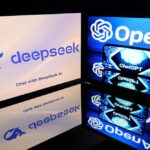








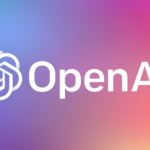

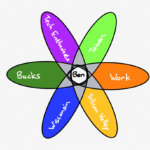













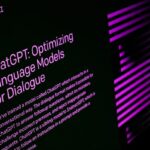







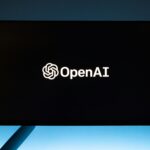





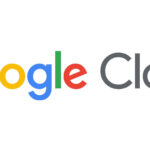

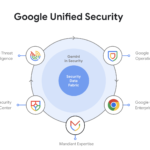





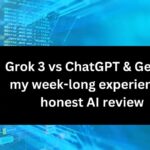




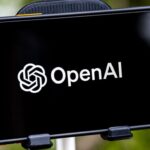

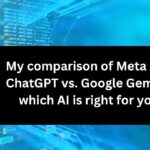





























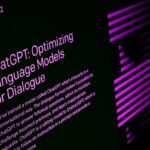













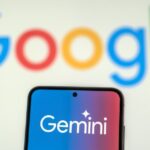








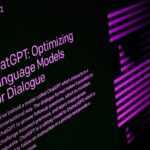





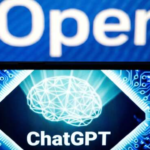








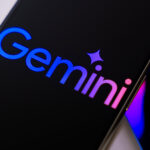











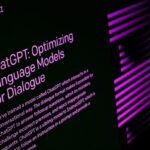

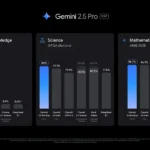

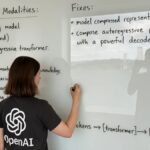
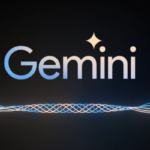






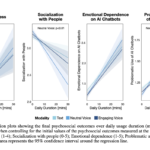



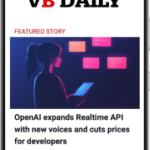











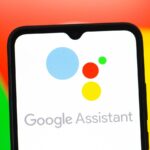


























































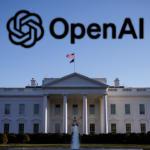

















































































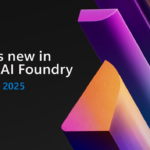
































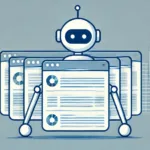














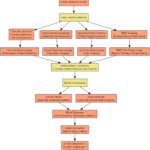




























































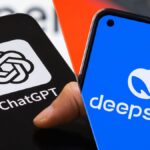







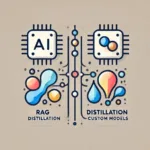




















 Inside the OpenAI-DeepSeek Distillation Saga & Alibaba’s Most Powerful AI Model Qwen2.5-Max
Inside the OpenAI-DeepSeek Distillation Saga & Alibaba’s Most Powerful AI Model Qwen2.5-Max











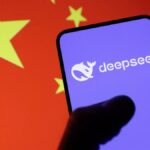


















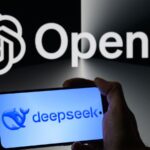














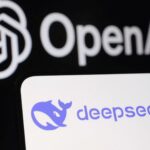
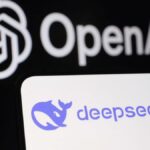


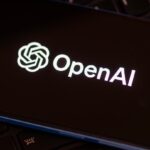










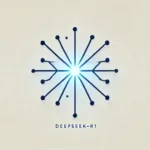





























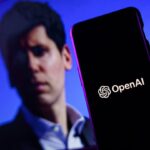












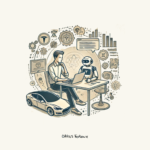

























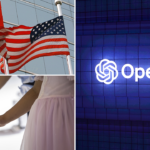





























































































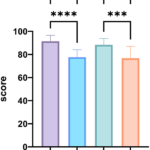














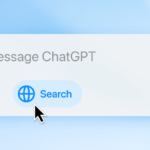






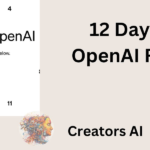


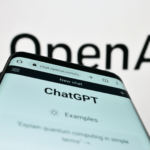








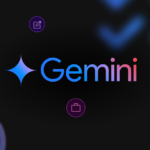







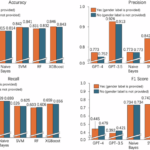



























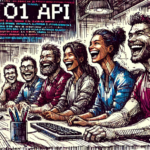



























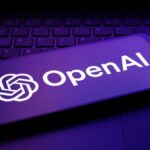




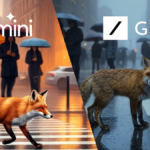

















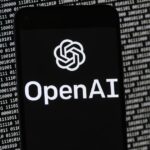












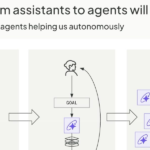
 De ChatGPT a mil millones de agentes
De ChatGPT a mil millones de agentes